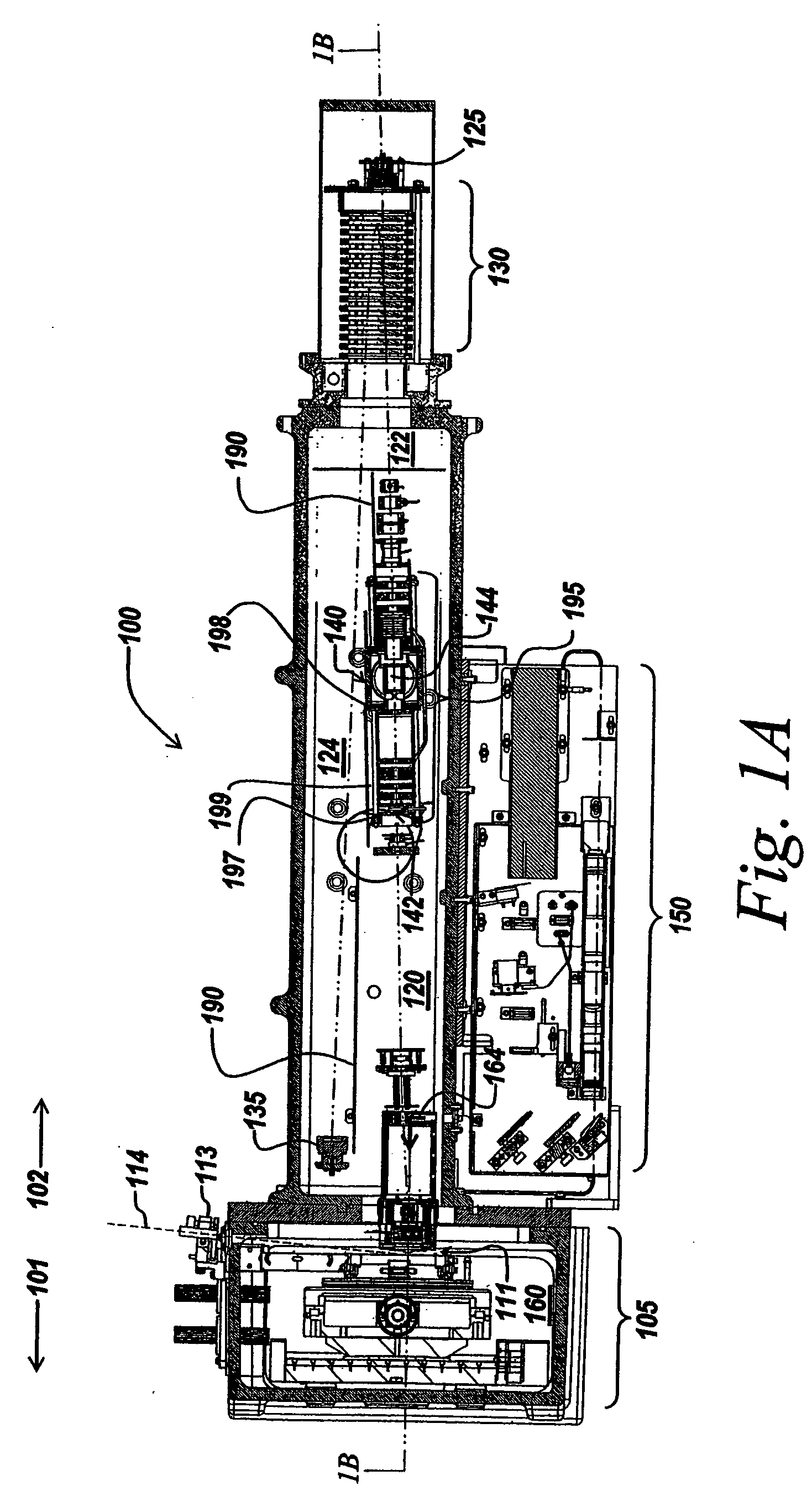Ion optical mounting assemblies
a technology of optical mounting and assembly, which is applied in the field of ion optical mounting assemblies, can solve the problems of reducing the resolution and sensitivity of other operational modes, difficult tasks, and difficult to achieve accurate results, and achieve the effects of improving the dynamic mass range, increasing resolution, and improving accuracy
- Summary
- Abstract
- Description
- Claims
- Application Information
AI Technical Summary
Benefits of technology
Problems solved by technology
Method used
Image
Examples
Embodiment Construction
[0085] In various aspects, the present teachings provide novel MALDI-TOF systems. In various embodiments, provided are novel MALDI-TOF systems comprising one or more novel components such as, for example, sample support handling mechanisms, ion sources, ion optics and ion optical assemblies. In various embodiments, provided are novel methods for use with a mass spectrometry system to, for example, provide sample ions, focus sample ions, operate a mass spectrometry system in different operational modes, and operate ion fragmentors.
[0086]FIGS. 1A-1D depict substantially to scale views of a MALDI-TOF system 100 in accordance with various embodiments of the present teachings. FIG. 1A depicting a front sectional view, FIG. 1B a side sectional view, and FIGS. 1C and 1D presenting expanded views of portions of FIGS. 1A and 1B, respectively. To facilitate the viewing of FIGS. 1A-1D, the system 100 can be oriented such that the floor is in direction 101, the ceiling in direction 102, and th...
PUM
| Property | Measurement | Unit |
|---|---|---|
| pressure | aaaaa | aaaaa |
| pressure | aaaaa | aaaaa |
| angle | aaaaa | aaaaa |
Abstract
Description
Claims
Application Information
 Login to View More
Login to View More - R&D
- Intellectual Property
- Life Sciences
- Materials
- Tech Scout
- Unparalleled Data Quality
- Higher Quality Content
- 60% Fewer Hallucinations
Browse by: Latest US Patents, China's latest patents, Technical Efficacy Thesaurus, Application Domain, Technology Topic, Popular Technical Reports.
© 2025 PatSnap. All rights reserved.Legal|Privacy policy|Modern Slavery Act Transparency Statement|Sitemap|About US| Contact US: help@patsnap.com



